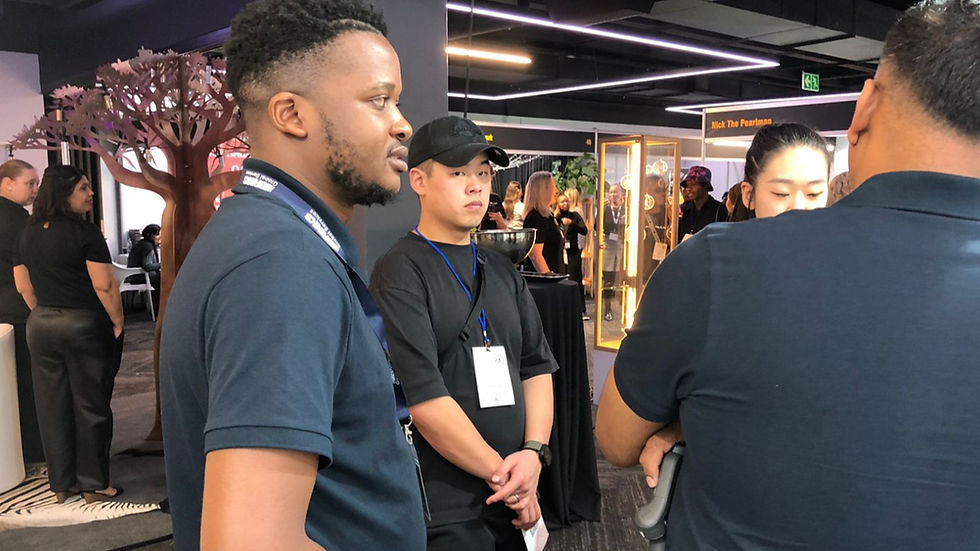Protecting Your NFEP Film: Essential Strategies to Mitigate Damage During Resin Printing
- 3D Wax Worx

- Sep 26, 2024
- 2 min read

If your resin prints are damaging the NFEP film during the printing process, here are some strategies you can use to mitigate the issue:

Optimise Support Settings:
Reduce the number of supports or use lighter support types. This can help minimise the contact area and pressure on the NFEP film.
Increase the support distance to give more space between the supports and the film.

Adjust Print Settings:
Layer Exposure Time: Lowering the exposure time for the initial layers can reduce adhesion to the NFEP film.
Lift Speed and Distance: Increasing the lift speed and the distance of the lift can help reduce the force applied to the NFEP film during peel.

Use a Different Build Plate:
Ensure your build plate is well-aligned and levelled. A poorly aligned plate can create uneven pressure on the NFEP film.
Consider using a textured build plate, which can help reduce the force of adhesion.

Check NFEP Film Condition:
Inspect the NFEP film for any damage or wear. If it’s scratched or worn, replacing it may be necessary.
Ensure the film is properly tensioned and installed.

Adjust Resin Type:
Some resins are stickier than others. If you're consistently facing issues, consider switching to a resin known for easier peel properties.

Print Orientation:
Adjust the orientation of your model to minimise the contact area with the supports, reducing the chance of damage to the film.

Experiment with Support Settings:
Adjust the settings in your slicing software, such as support density and support placement, to optimise how the supports interact with the model and the NFEP film.







Comments